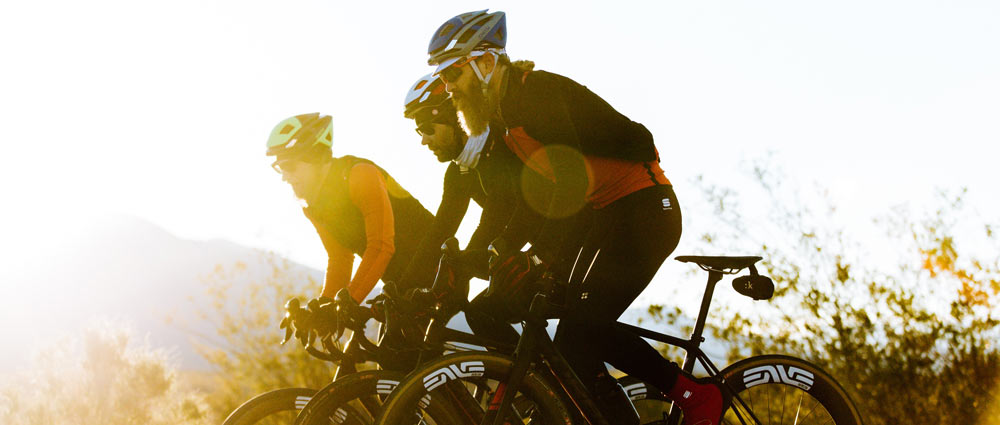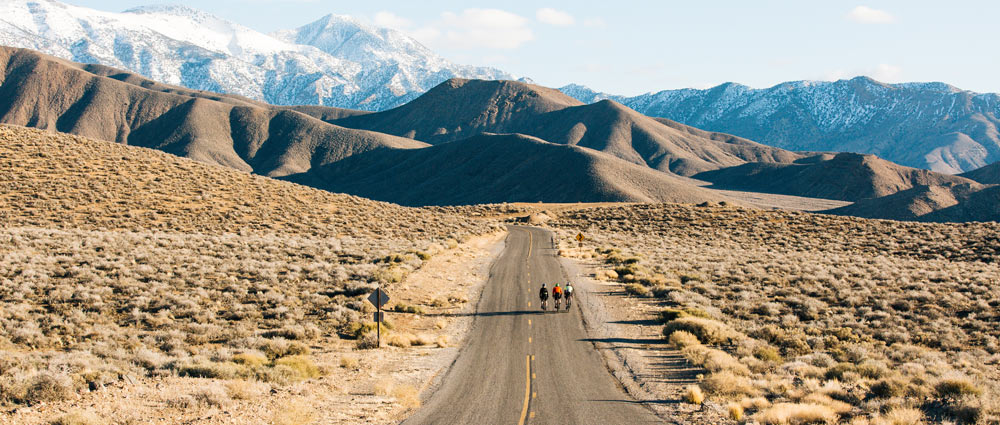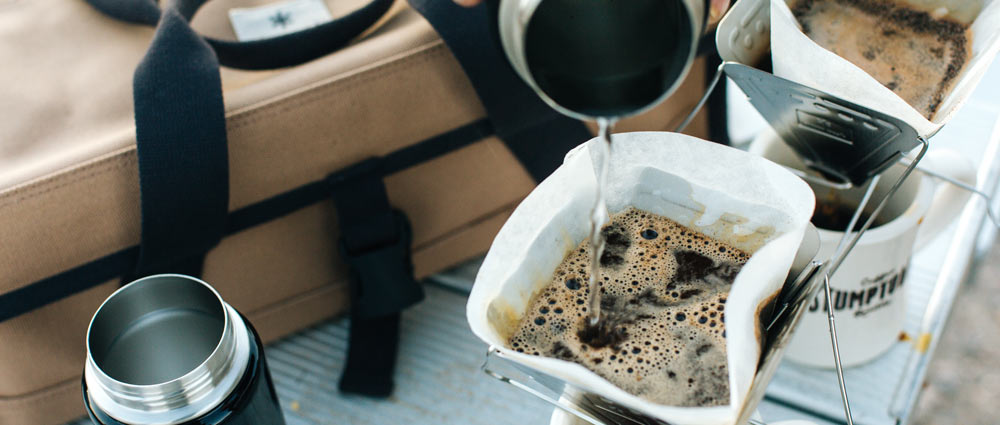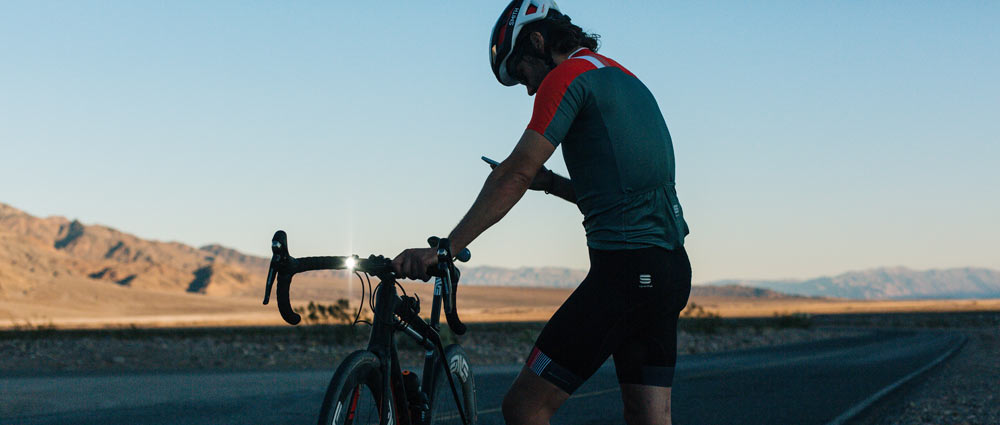27 April, 2017
Seeking Adventure: Down in the valley
ADVENTURE CALLING
For the adventurer and cyclist within us, the name alone is a calling of sorts. With more miles of road than any other US national park – nearly 1,000 miles of paved and gravel roads in total – Death Valley delivers more than ample occasion for exploration and adventure. With potential for early season warmth, minimal traffic, an almost absolute void of people, and the inability to connect to those outside the park, Death Valley offers a unique opportunity to truly detach. And with this in mind, we embarked on a journey of camping, lesser travelled gravel roads, sunshine, good food, drink, and a reunion with our Squadra Avventura friends.
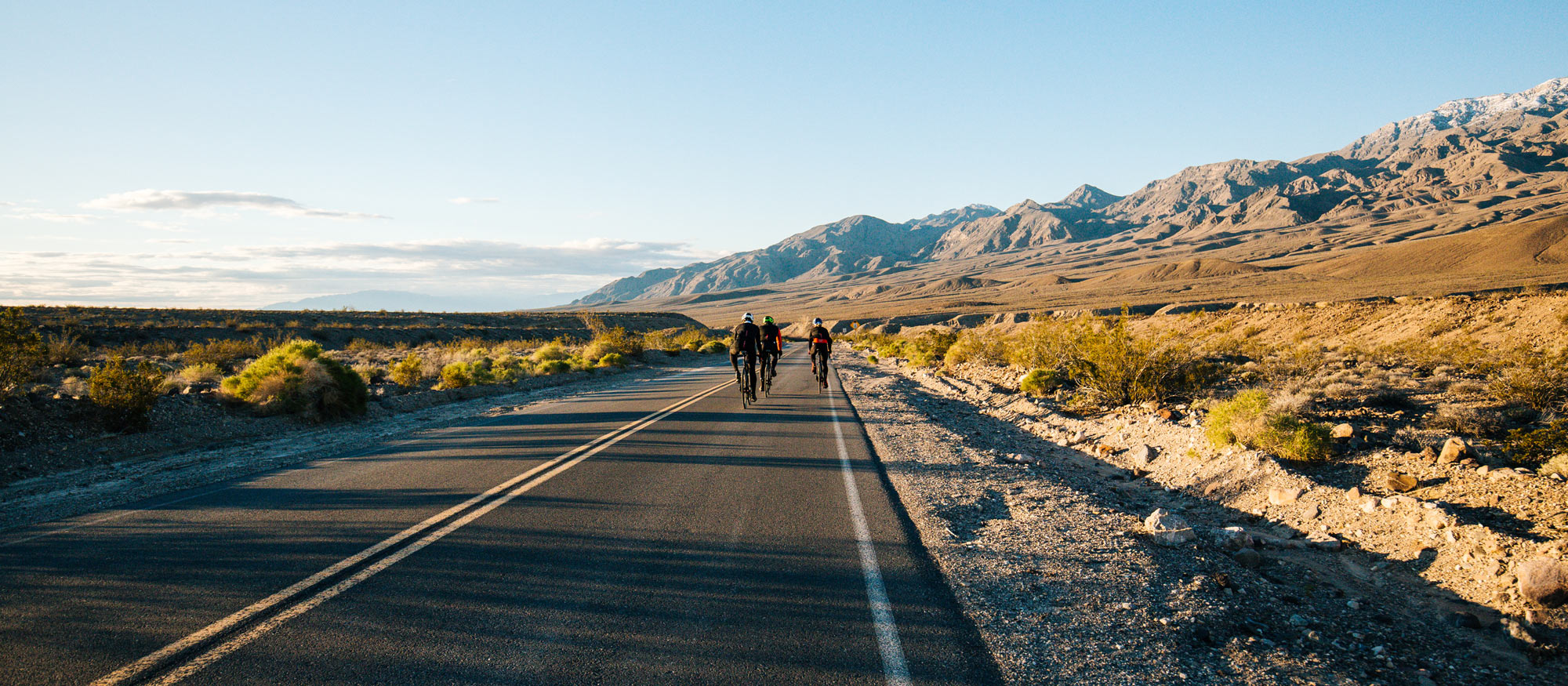
SUNSHINE ABOUNDS
Possibly the most important consideration when visiting Death Valley, and certainly our first lesson learned, was regarding weather variations.
Come in the summertime and you'll most likely be welcomed with extreme heat. Furnace Creek is on record as having the hottest atmospheric temperature ever recorded on earth (134 °F!), back on July 10, 1913, and more recently (2001) the park saw temperatures in excess of 100 °F for 154 consecutive days. You're almost guaranteed sunshine, which is practically a given, as Death Valley sees on average less than 2 inches of rainfall in an entire year. We believe that’s what cyclists refer to as ‘shorts weather.’
But come – as we did – during a cold snap in early March, and all bets are off. We had the pleasure of experiencing temps which dipped in the evening to near freezing, and a wind which made it seem much colder than that. And while daytime down on the valley floor offered much more pleasant temps in the mid-70’s, warmers and wind jackets were still critical once we climbed up above 5,000’, not to mention the descents.
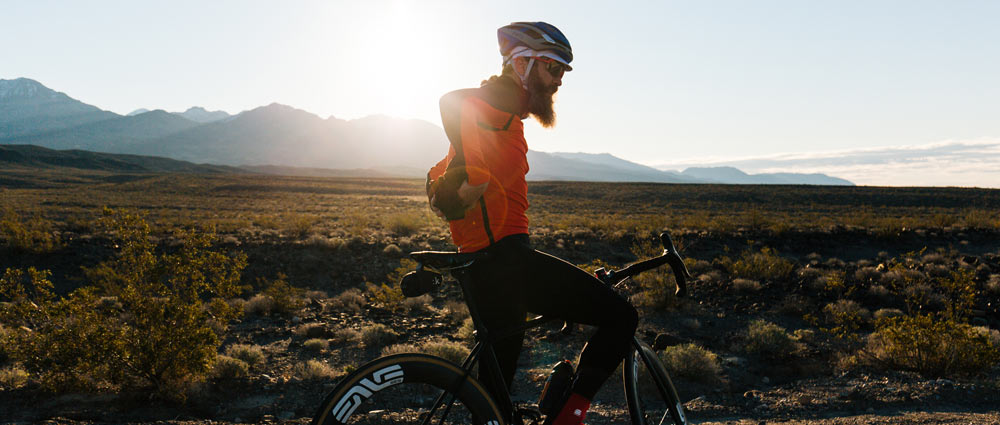 |
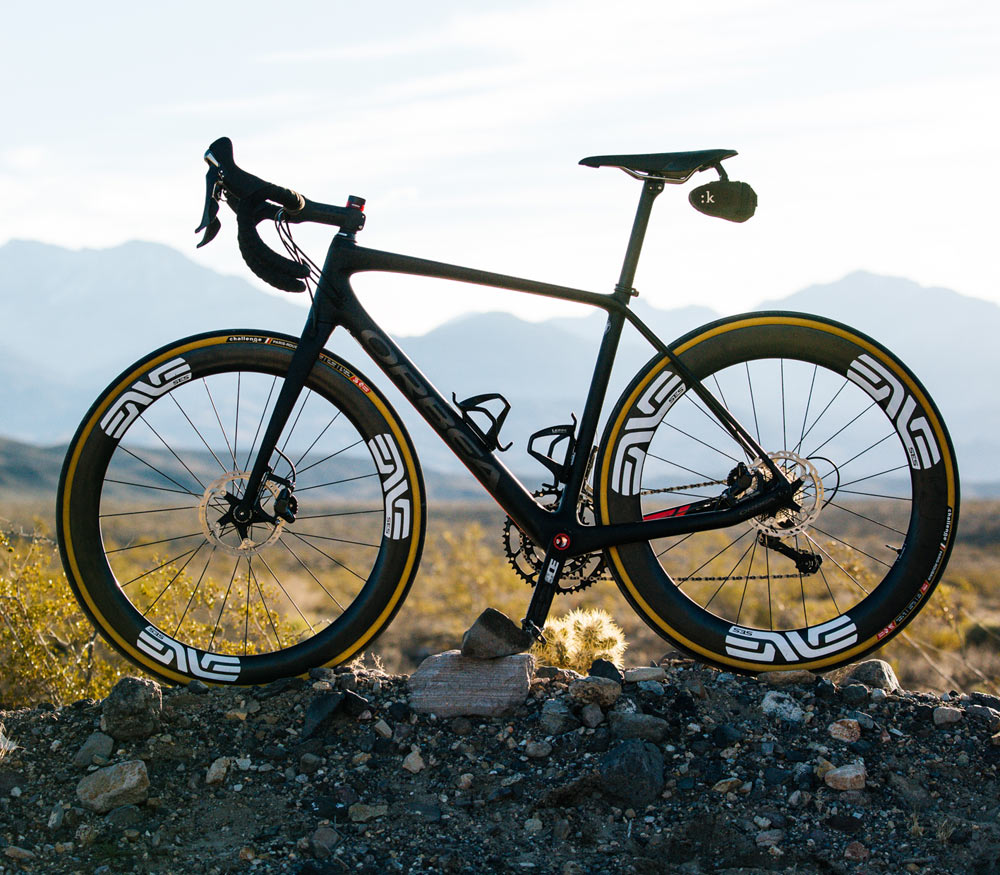 |
|
|
VALLEY OF LIFE
Far from the relentless fields of brown we expected, record levels of spring rain had brought the valley to life. Hailing from Portland, OR, we wouldn’t go as far as calling the flora abundant, but we were treated to both a surprising amount of greenery and an occasional display of wildflowers, known as ephemerals due to their short-lived nature. Short lived seemed an appropriate descriptor of anything foolish enough to try and make a living in Death Valley.
FEAR NO EVIL
Death Valley’s name actually originates from a group of pioneers who became lost during the winter of 1849-1850. While the entire party assumed the valley would become their grave, all but one of the group survived. Our intentions were to avoid both the fear of and the actuality of our demise by staying hydrated and carrying plenty of supplies, and alas, we all lived to tell the tale. Although we never found ourselves close to any real danger, it was easy – and somewhat fun from our perch of safety – to envision a scenario where events could snowball into a situation where this might not be the case.
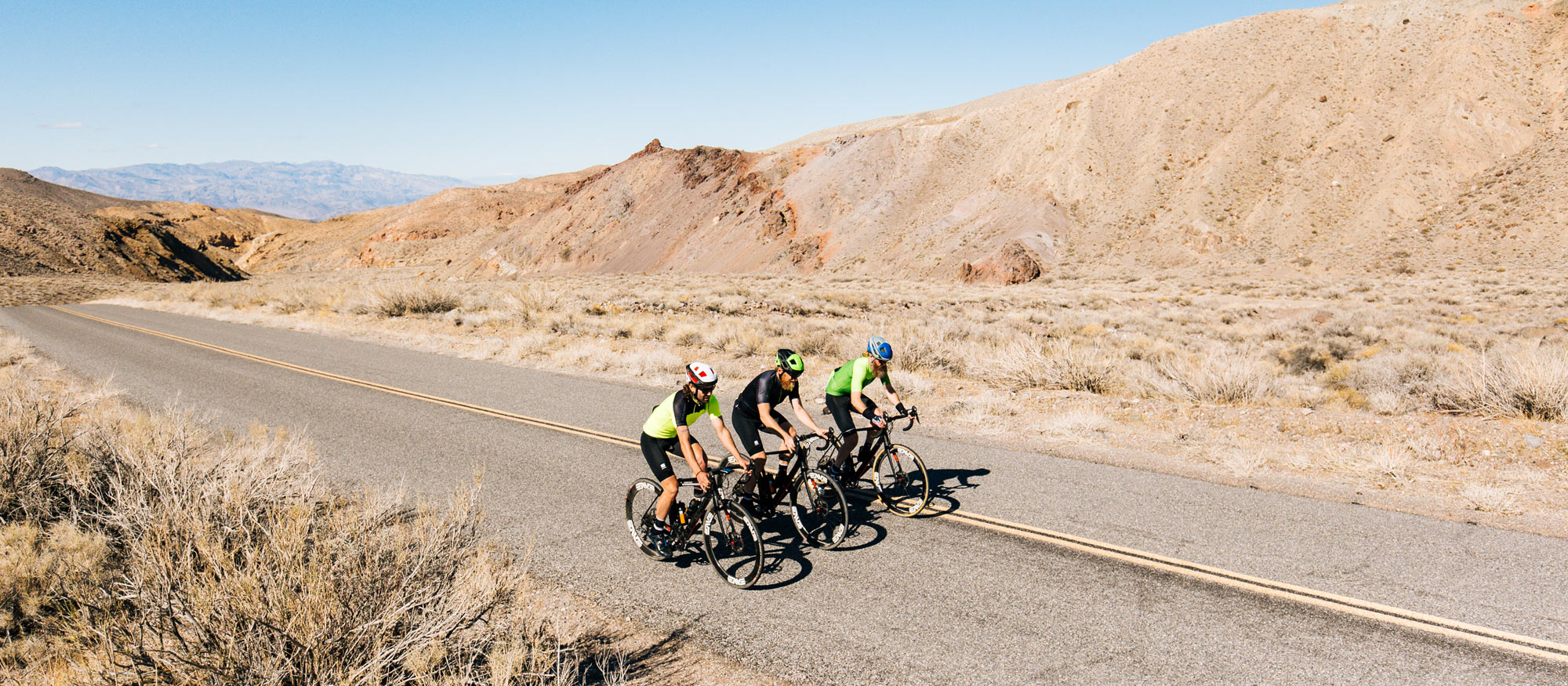
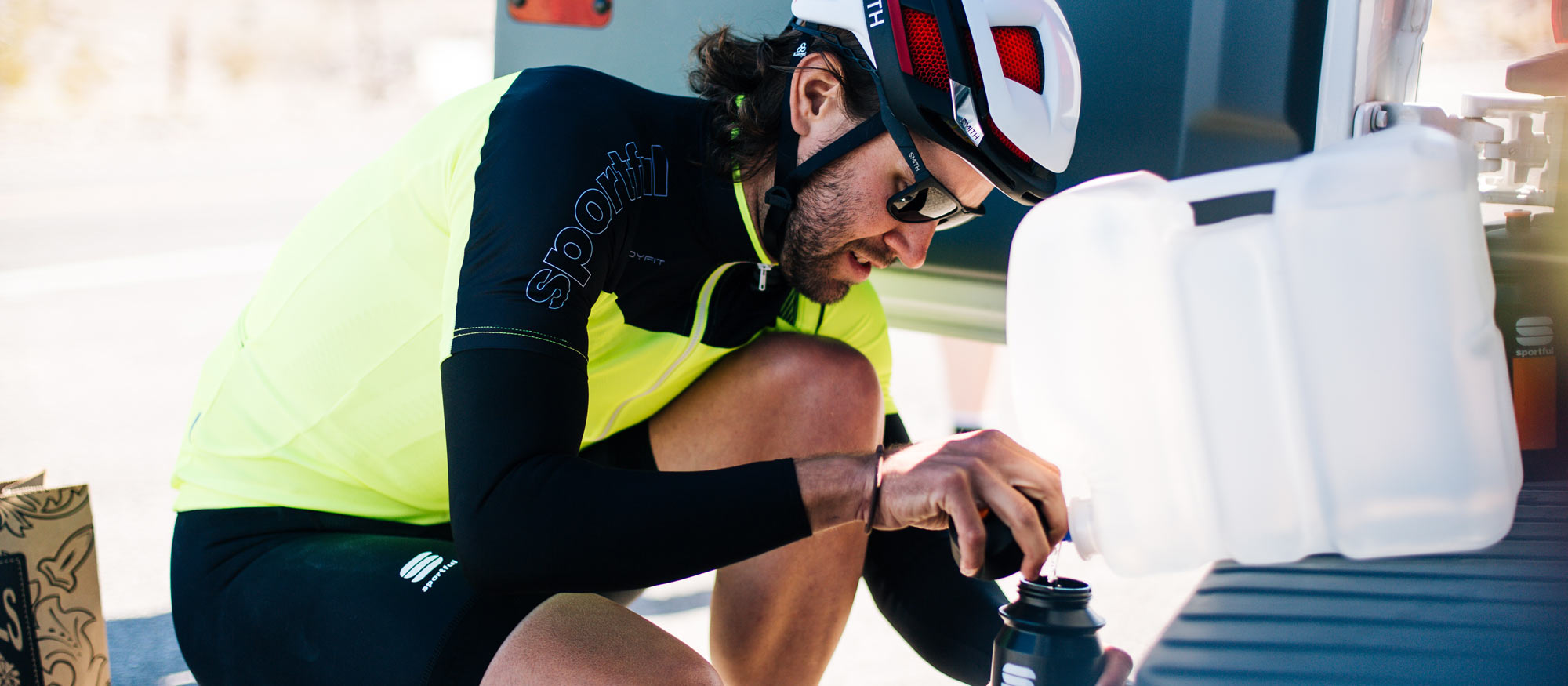
DETACHED
Straddled between eastern California and Nevada, Death Valley encompasses over 5,200 square miles. Not designated as a national park until 1994, the Valley is best known for its harsh climate, ghost towns, remnants of abandoned mining operations, and rattlesnakes. The park now sees almost 1.3 million visitors per year, although during our visit in early spring, we had the roads – and campsites – almost completely to ourselves.
DIVERSITY
The geologic diversity the park offers is more than impressive. From Badwater Basin, the lowest point in North America at 282 feet below sea level (ironically, sitting less than 85 miles east-southeast of Mount Whitney, the highest point in the contiguous US, at an elevation of 14,205 feet), to the otherworldly Ubehebe Crater (formed by a hydrovolcanic eruption, leaving a crater over a half mile wide and almost 800 feet deep), there’s a lot to see. And there's no better way to see the park than by bike; you’ll definitely want to include a decent camera and an extra battery on your packing list.
Oh, and we'd suggest the widest tires your bike can accommodate if you plan on leaving the paved roads. The gravel roads are abundant but are some of the roughest we’ve ridden, and if you want all-access, we’d recommend going with 40cc tires and a low PSI.
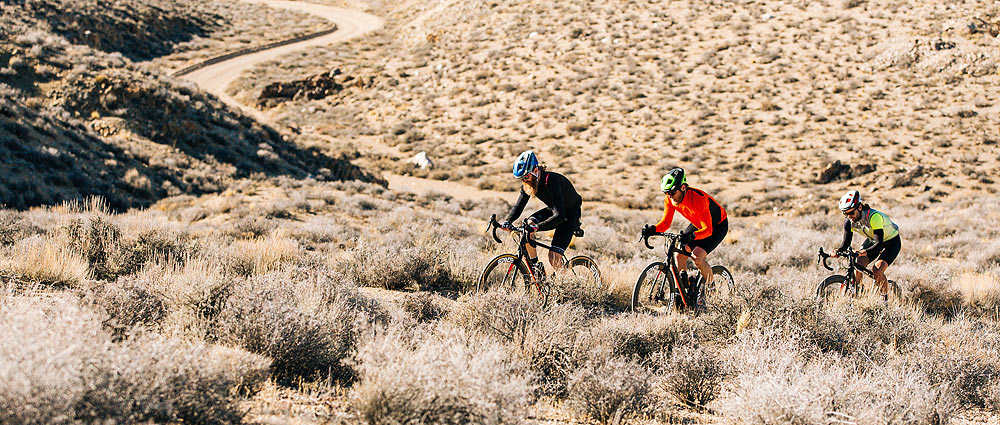 |
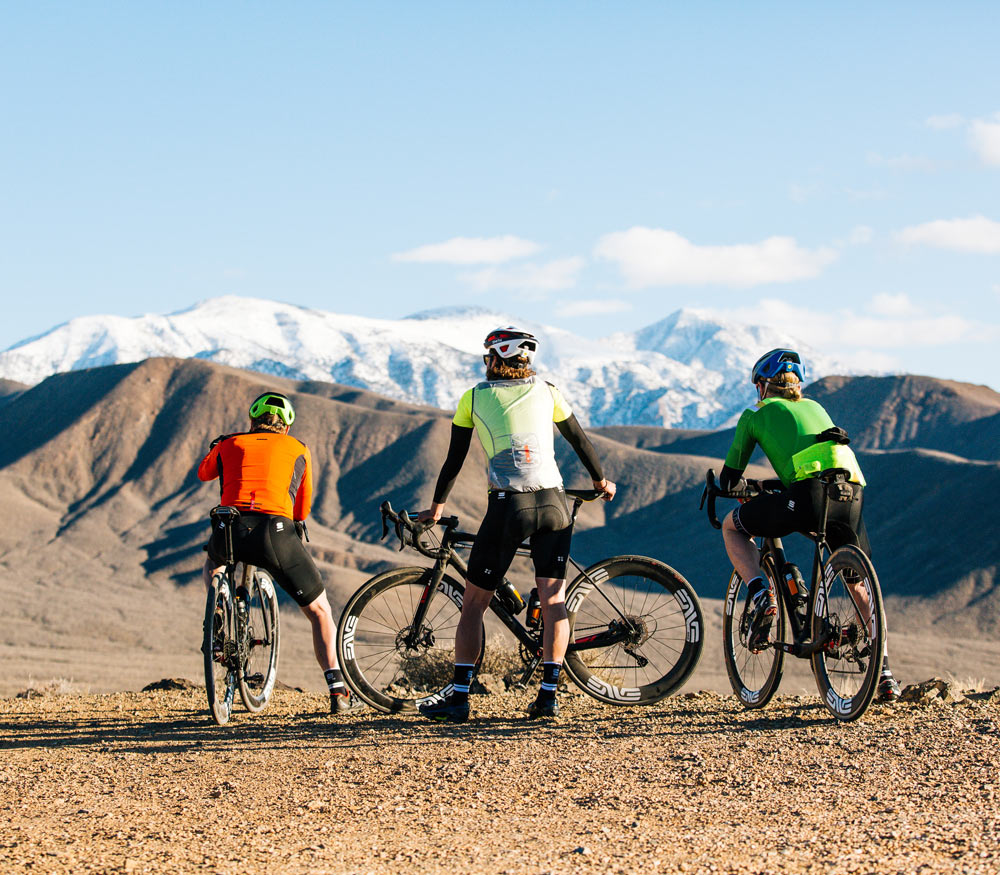 |
|
|
NIGHTFALL
We spent 4 nights camping in the park, with Mesquite Springs Campground as our chosen base, partly because of its proximity to some of the gravel roads in the northern part of the park, partly because we knew it would be far less busy than the campgrounds further south and closer to Furnace Creek, and partly because of the easy access to Ubehebe Crater.
Sunsets in the park did not disappoint, nor did the evening excursions under the stars. As the sun slowly set each evening beyond the western edge of the Panamint Range, the sky would explode with color. With very little air pollution, the sky in Death Valley is extremely crisp and clear, and an almost perfect darkness resulted in a pretty spectacular display of stars. As Carl Sagan said, ‘there are billions and billions of stars in our galaxy,’ and once the sun sets in Death Valley, almost each star seemed as though it was on display.
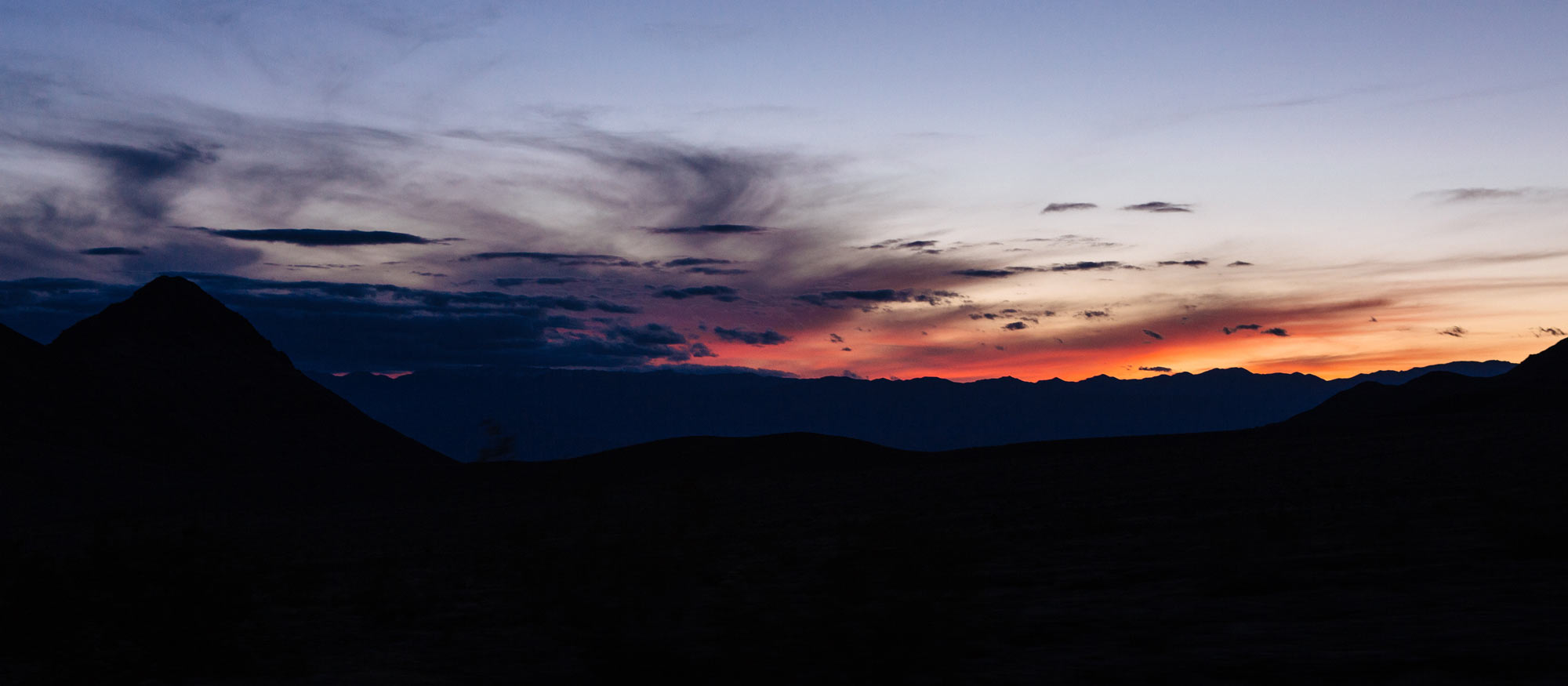
RISE AND SHINE
If there was one downside to our trip, it was the wind, which was ever-present. Throughout the night, our tents incessantly flapped with a ferocity appreciated by no one. Coupled with temperatures in the low to mid-30’s, we found it especially difficult to extract ourselves and our gear from our sleeping bags each morning.
The saving grace, however, as so often is the case, came in the form of both Remi’s cooking and pour over coffees from Stumptown Coffee Roasters. Warm bellies led to the desire to begin our cycling explorations, and so began each day.
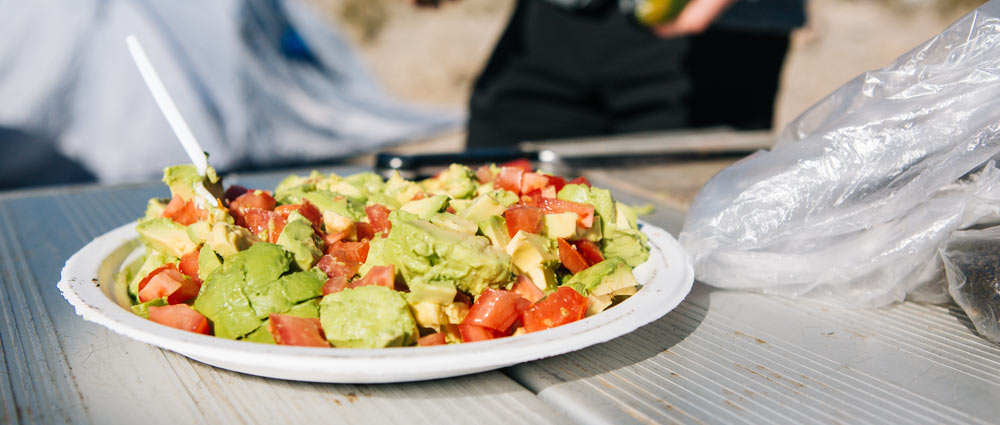 |
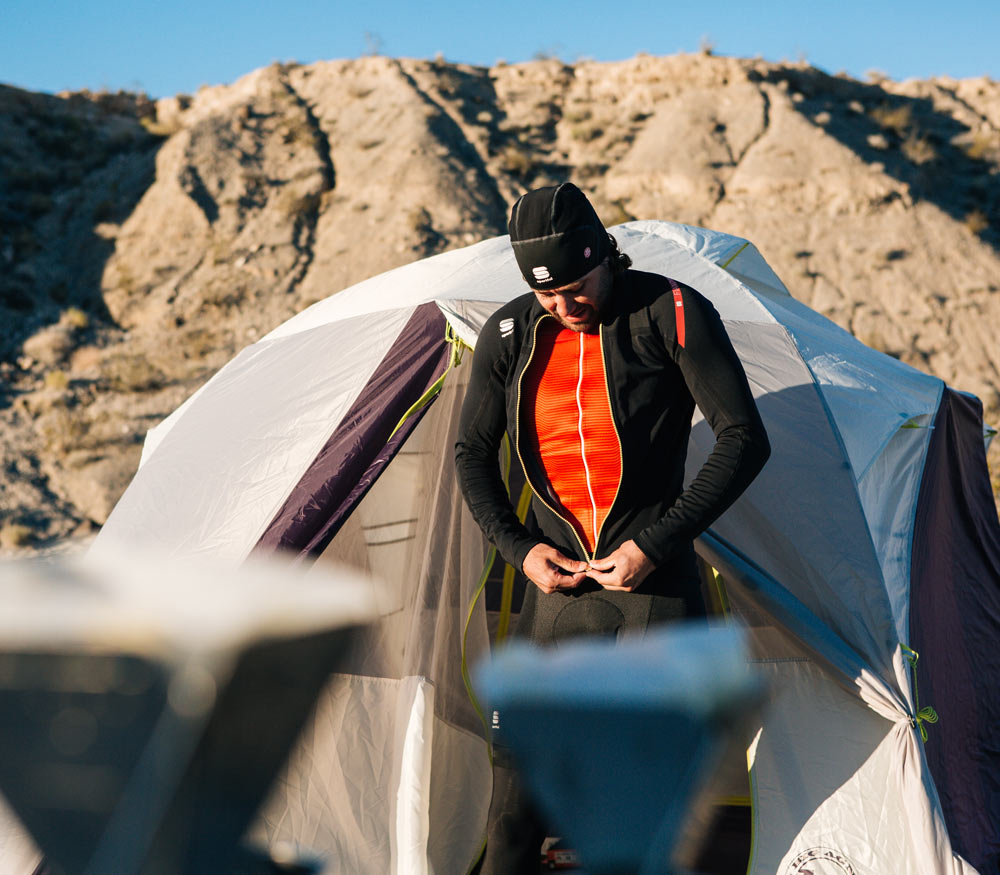 |
|
|
PERSPECTIVE
Perhaps as a result of the vastness of our surroundings, perhaps due to the heat and absolute void of water, or perhaps because you could literally ride for hours and not see another human, Death Valley has a way of making you feel small and perhaps a bit insignificant. It also provides you with a certain amount of appreciation for a world that exists well outside our daily realities. Spend even a couple of days in the Valley and you begin thinking about life in terms of survival. Not necessarily yours, but everything around you, from the plants and spring flowers to the wildlife. Simply stated, Death Valley would be an extremely hard place to live, and somehow this made our time here more meaningful, in a way that only seeing a completely different perspective can provide.
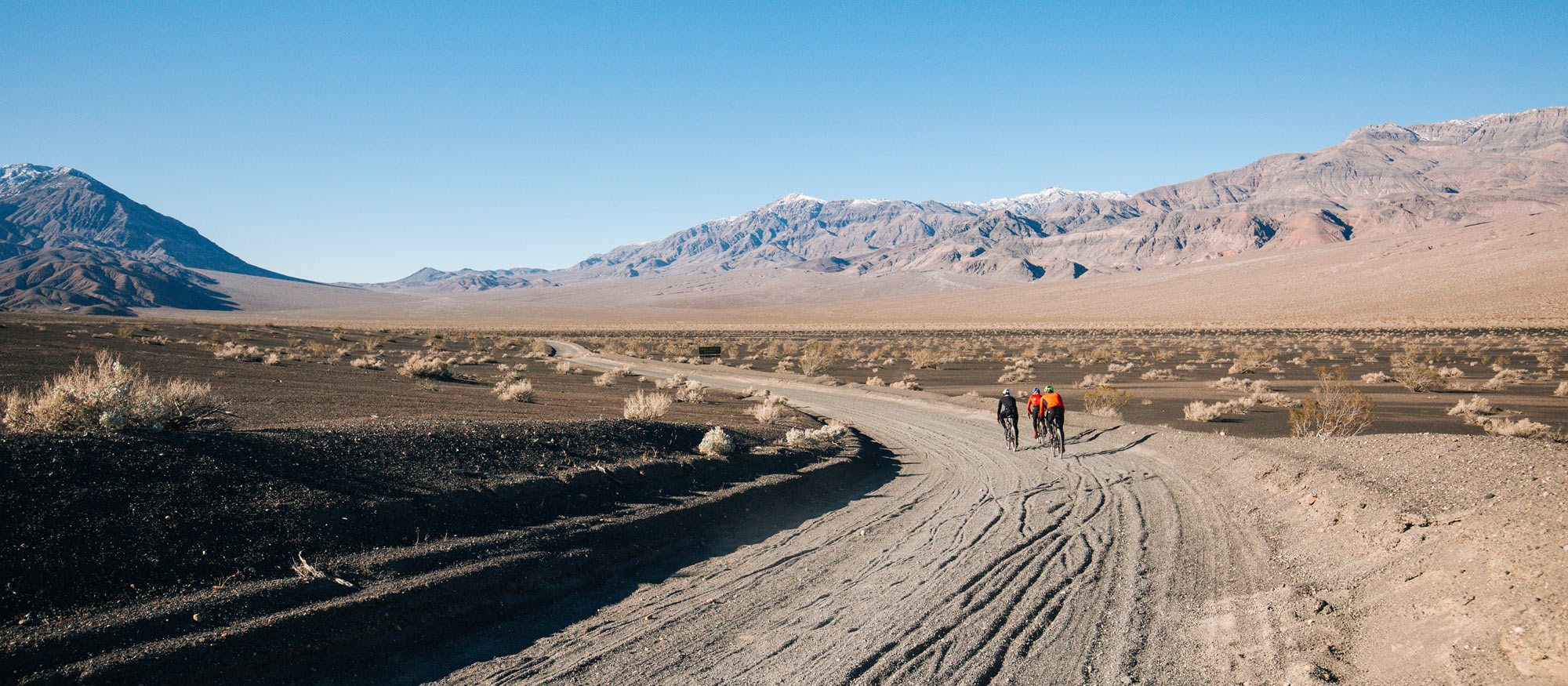
RITUALS AND ROUTINE
Our days were structured around riding and around food: wake up, eat breakfast, ride, eat lunch, ride, eat dinner, and then sit around the campfire and relive the stories of our day. There was plenty of time to relax and explore inbetween meals and spins on the bike, and perhaps even a little fun with the lights in the evenings if we still had energy. Great food, great friends, and great riding; we’d argue it can’t really get much better than that.
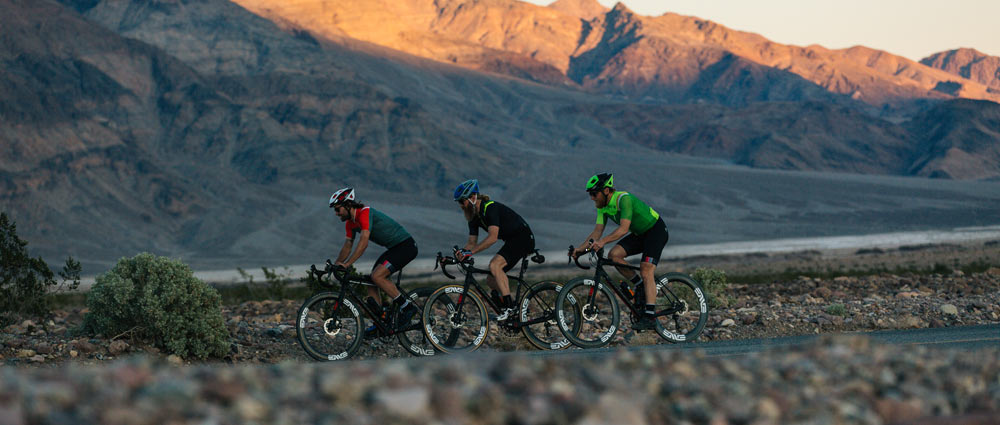 |
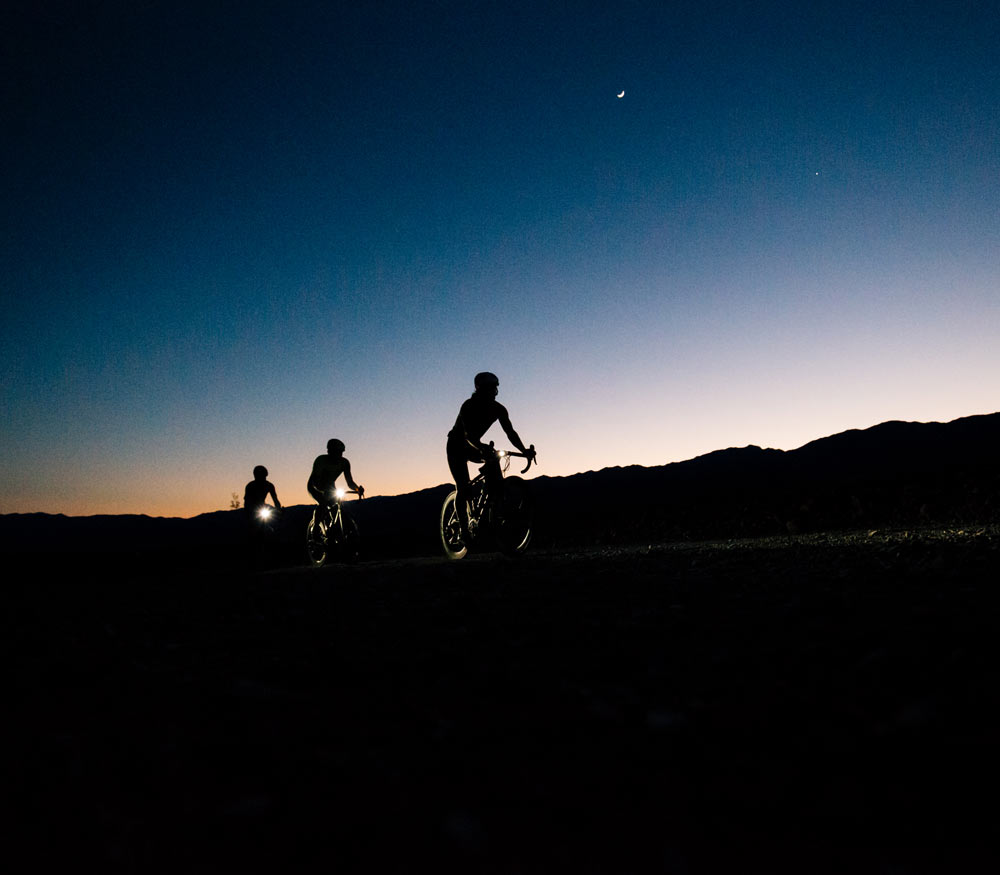 |
|
|
INTO THE SUNSET
Religious or not, riding in Death Valley makes one recollect the oft-quoted Psalm, Even though I walk through the valley of the shadow of death, I will fear no evil… While one mustn’t necessarily fear walking (or riding) in the Valley, having a certain level of respect is prudent if not a necessity. And with an appreciation for the adventures of each day, and an astounding admiration of our surroundings, we ended each day as it started, riding into the sunset and dreaming of another day on the bike.
